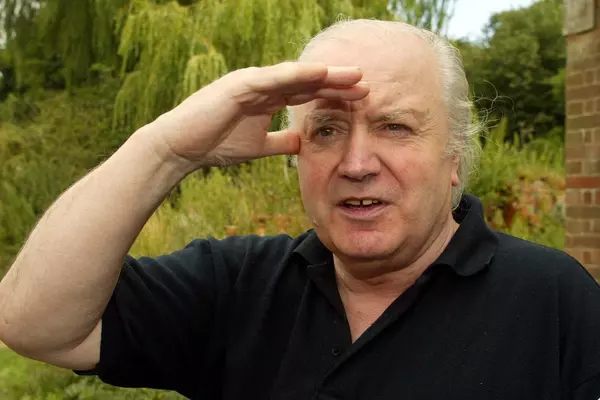For loved-up couples around the world, Valentine's Day is a time to shower each other with gifts, share a fancy dinner, or perhaps just stay indoors and wait for the sickly-sweet haze of the day to pass.
But what about those who are single on Valentine's Day, surrounded by happy couples?
Sometimes, those without a partner can be left wondering if they'll ever find 'The One', with so many factors up in the air and so many things unknown.
But a physicist and a data scientist reckon they might have the answer to some of those unknowns, and have created a tool that tells people their chances of finding 'The One'.
Physicist Steven Wooding, from Southampton, teamed up with his friend Rijk de Wet to build the Drake Equation for Love Calculator.

For more of the news you care about straight to your inbox, sign up for one of our daily newsletters here
The Drake equation was formulated by Frank Drake in 1961 to estimate the number of active alien civilisations in the Milky Way.
Armed with the equation, the pair built the tool to show people how likely they were to find their soulmate - and compared it to the chances of discovering alien life.
The equation was first applied to the world of dating in 2010 by Peter Backus, an economics professor at the University of Warwick.
Professor Backus calculated he had a 0.00034% chance of finding love in the city of London.
Living on a narrow boat in the capital at the time, Professor Backus, then 31, just had a few requirements for his potential suitor - a woman who was London-based, aged between 24 and 34, and with a university education.
After applying the formula to his own requirements, he calculated there were more than 10,000 potential suitors for him in London.
But when he considered how many of those people would find him attractive in return, that number dropped to just 26.
Inspired by Professor Backus's experiment, Wooding and de Wet built their love calculator for people to use, giving them an estimate of their chances of finding The One and the number of potential romantic partners out there for them.
Singletons using the calculator input their location and then rate their attractiveness and social skills from one to five (five being a stunning, outgoing catch).
They are then asked to tell the calculator what they're looking for in a partner: including age range, gender and whether or not they should be university educated.
The user also has to tell the calculator how many people they typically find attractive.
After inputting their preferences, the user receives their results including how many potential partners are out there in their city, the chances of finding The One - and how this compares to their chance of being visited by aliens.
For the most part, the results can seem a little disheartening, with many users having less than a 1% chance of finding their soulmate according to the calculator.
But it's not all bad news - Professor Backus is now married to someone he met at a dinner party suggesting one of his 26 potential suitors was right in front of him.
Are you spending Valentine's Day in an unusual way? Email jessica.taylor@reachplc.com.







